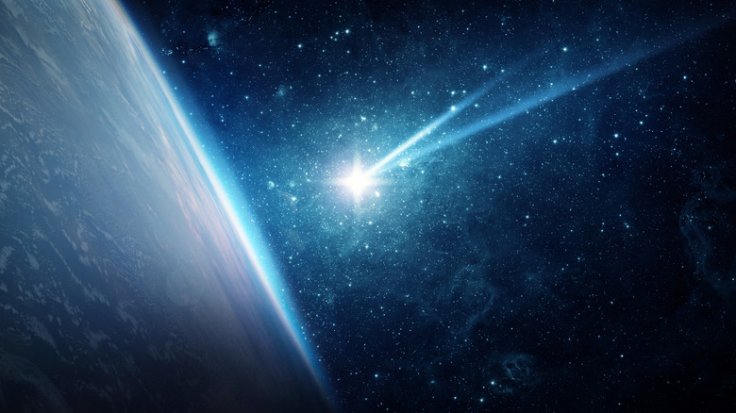A rare comet is poised to make a fleeting visit to Earth this September, offering a celestial display that won't grace our skies again for another four centuries. This extraordinary event is scheduled for September 12th when the comet, known as "Nishimura" (also designated as C/2023 P1), will make its appearance on the northeastern horizon.
Unlike most comets, Nishimura will be easily discernible to the unaided eye due to its considerable size when viewed from Earth. The comet is christened in honor of Japanese astronomer Mr. Hideo Nishimura, who made its discovery on August 12th.

Initially positioned near a star called Zeta Gemininorum within the Gemini constellation, Nishimura is currently on a trajectory towards the inner reaches of our solar system. In a mere five days, it will reach its closest proximity to the Sun, a point known as 'perihelion.' During this pivotal moment, it will shine exceptionally bright, treating Earth's observers to a spectacular celestial show.
This remarkable comet will provide a breathtaking spectacle in the night sky, particularly for those situated in the Northern Hemisphere. The credit for the discovery of this extraordinary comet goes to a robotic camera outfitted with artificial intelligence, meticulously engineered to detect comets approaching our planet. This camera employs an impressively efficient scanning mechanism capable of surveying an entire hemisphere simultaneously, swiftly identifying comets on a collision course with Earth.
So, how can you witness this once-in-a-lifetime phenomenon? Observing Nishimura promises to be a unique and awe-inspiring experience, albeit potentially challenging to discern clearly with the naked eye. Experts recommend the use of binoculars or telescopes for a more vivid view. The optimal time to catch a glimpse of the comet is during the early hours of the day, just prior to sunrise in the Northern Hemisphere.
To pinpoint its location, locate the constellation Neo, then direct your gaze approximately 10 degrees above the horizon. Italian astronomer Gianluca Masi, the mastermind behind the Virtual Telescope Project, has described the comet as "astounding, with a long, intricately structured tail." This cosmic spectacle is set to be an exceptionally extraordinary event, and you certainly won't want to miss it!









